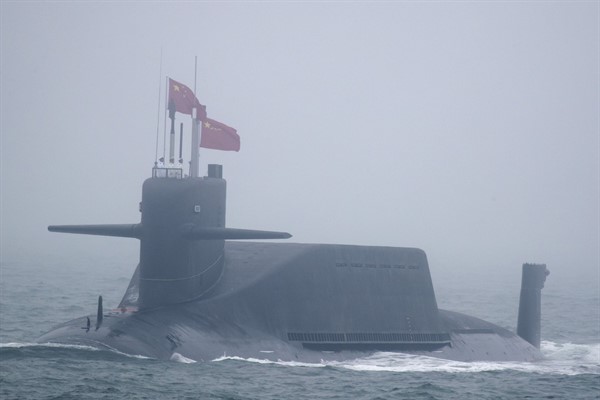Mock amphibious assaults, regular intrusions into Taiwan’s air defense zone and the militarization of artificial islands in the South China Sea are just some of the headlines that China’s military buildup has generated in recent years. Under the leadership of President Xi Jinping, China has combined advances in electronic warfare with state-of-the-art military hardware like ballistic anti-ship missiles, stealth aircraft and aircraft carriers, with the ambitious goal of militarily dominating the South and East China Seas.
This strategy is squarely aimed at undermining the U.S. military’s preeminence in the region, which until now has served as a counterweight to China’s claims of sovereignty over large swathes of ocean in its immediate neighborhood, containing both valuable natural resources and some of the busiest shipping lanes in the world. And hovering over it all is the threat that China’s military ambitions pose to Taiwan.
Timothy Heath, senior defense researcher at the RAND corporation in Washington, joins Peter Dörrie on Trend Lines to discuss the implications and unintended consequences of China’s military modernization.
Listen:
Download: MP3
Relevant Articles on WPR:
The U.S.-China Rivalry According to China
The U.S. Faces Hard Choices on Strategic Ambiguity in Europe and Asia
The U.S. Should Compete With China and Russia—but Wisely
South Korea Has Quietly Taken Sides in the U.S.-China Rivalry
Trend Lines is produced and edited by Peter Dörrie, a freelance journalist and analyst focusing on security and resource politics in Africa. You can follow him on Twitter at @peterdoerrie.
To send feedback or questions, email us at podcast@worldpoliticsreview.com.




